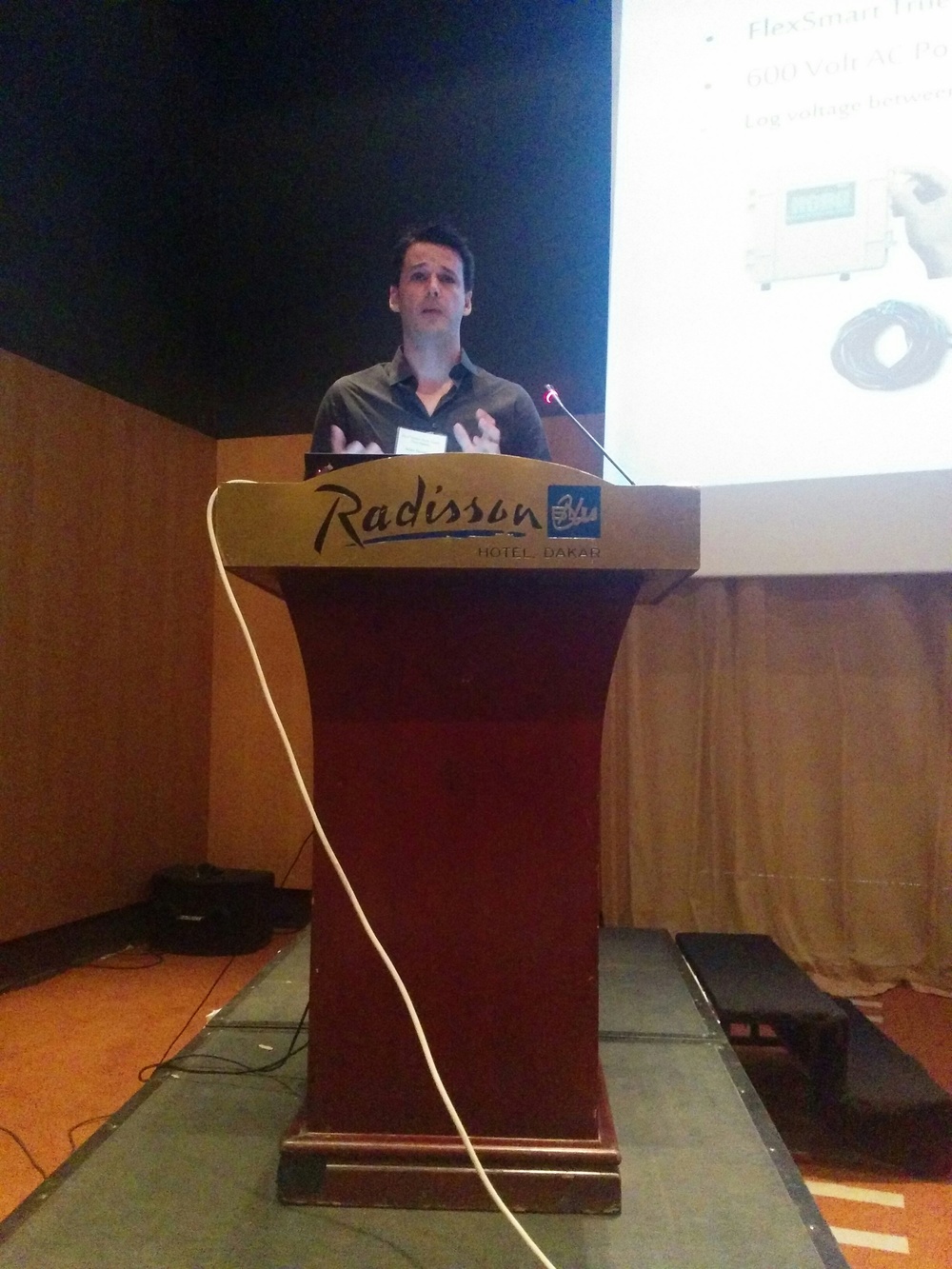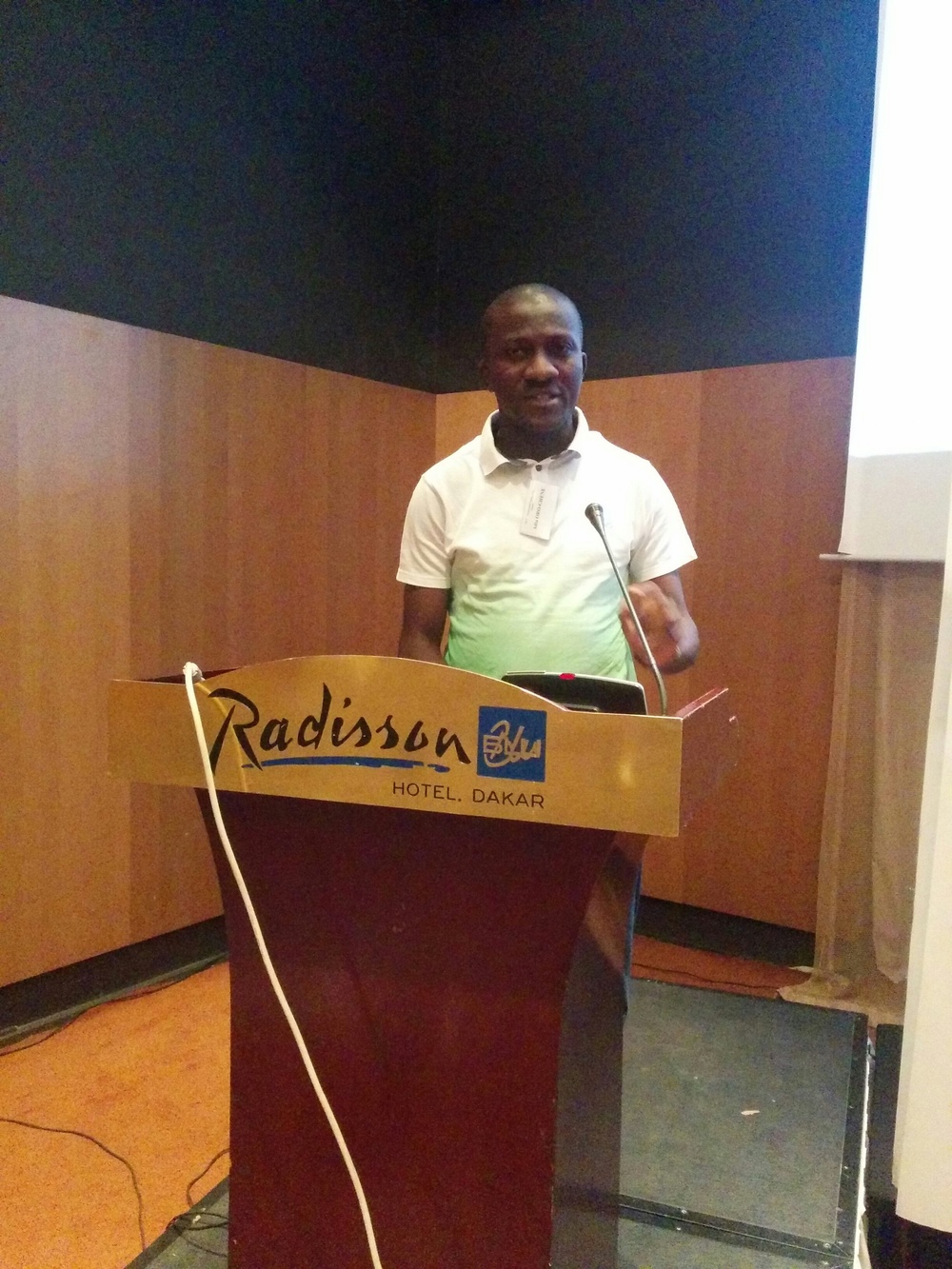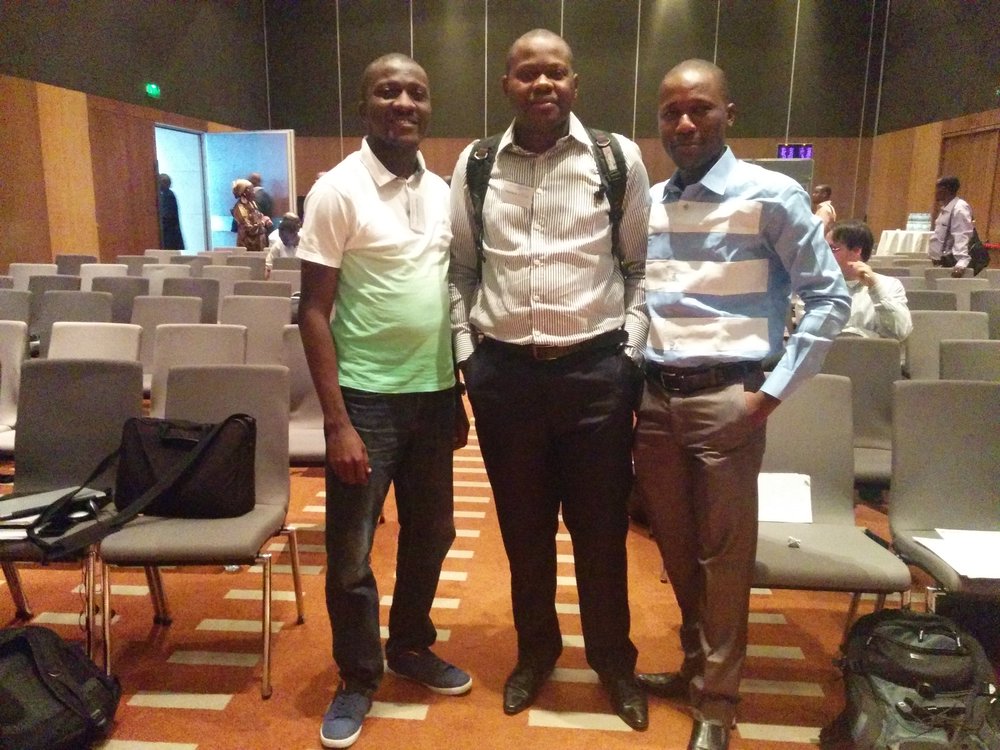The Global Health Supply Chain Summit was held 11-13 November, 2015 in Dakar, Senegal. The summit focused on the coordination of people, products, and processes to maximize the impact of global health supply chains.

Summit attendees heard case studies, strategies, and frameworks to better coordinate global health supply chains logistics and implementation. Country planners, pharmaceutical industry reps, and NGOs including eHA joined an array of renowned industry professionals and representatives from multiple countries. The summit was presented in both English and French.
Presentations & Strategies
eHA’s Director Adam Thompson was a presenter, along with eHA’s Adia Oroghene. They presented two studies, focused on:
1. Passive Voltage Monitoring and Implications for Cold Chain System Capacity
2. Vaccine Last-Mile Supply Chain in Kano, Nigeria
Key Take-Aways
The key points below summarize the case studies, reviews, and strategies discussed at the summit:

-
There is a need for public/private sector partnership in the supply chain model, where the private sector takes up the burden in the last mile of delivery
-
Donor funding should focus on low income countries
-
Insurance schemes should fund a large portion of the supply chain model
-
As the private sector takes up responsibilities in the supply chain partnership, human resources are vital for taking competency into consideration
-
Drug regulation will ensure quality in the supply chain
-
Drones are the future of last mile delivery solutions. Drones are already being used for shipping humanitarian commodities where needed, for example, in Nepal
-
Drone projects will be launched in 2016 in East Ghana by the US Centre for Global Supply Chain Management
-
The use of mathematical models in simulating supply chains is still important, and remains the best way to provide visibility for supply chain optimization
-
The GAVI Vaccine Alliance (GAVI) has approved a new supply chain strategy focused on ensuring vaccine availability, vaccines are highly efficient resources for the supply chain
-
GAVI have expanded to include non-vaccine demands
-
GAVI’s goal is to ensure vaccine coverage and equity, making sure they are accessible in both urban and rural areas for anyone who needs them
-
Voltage fluctuation is a challenge which affects the lifespan of cold chain equipment
-
Availability of voltage fluctuation data would help manufacturers design future cold chain equipment for Africa.

Connections Made
While at the summit, eHA made connections with other organizations to talk about the future of supply chain partnerships. These organizations included PATH (Seattle), Axios (Nigeria), the Federal Ministry of Health (Nigeria), GAVI (Geneva), and USAID (Nigeria). The summit was a great opportunity to streamline supply chains, thereby increasing the speed and delivery of global healthcare.
Want to explore more about the Global Health Supply Chain Summit? Visit their website at http://ghscs.com/.
